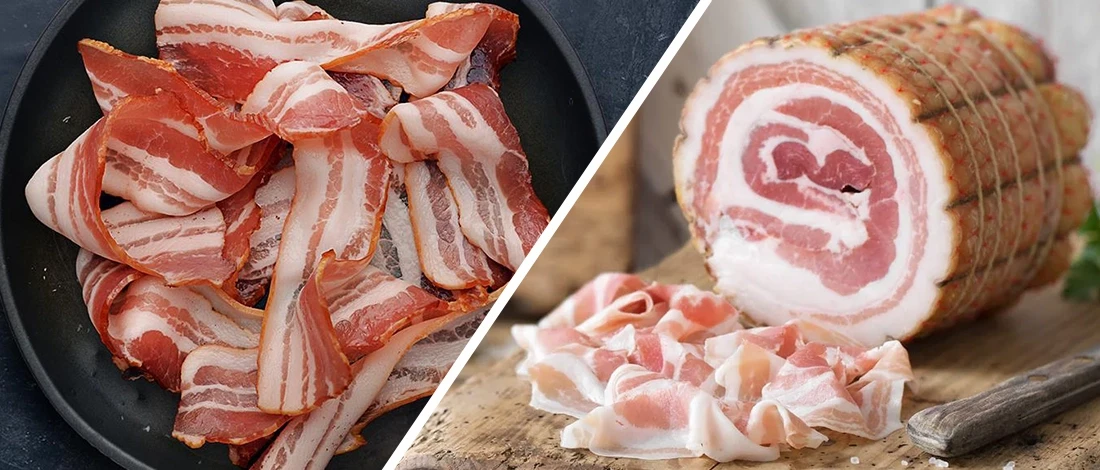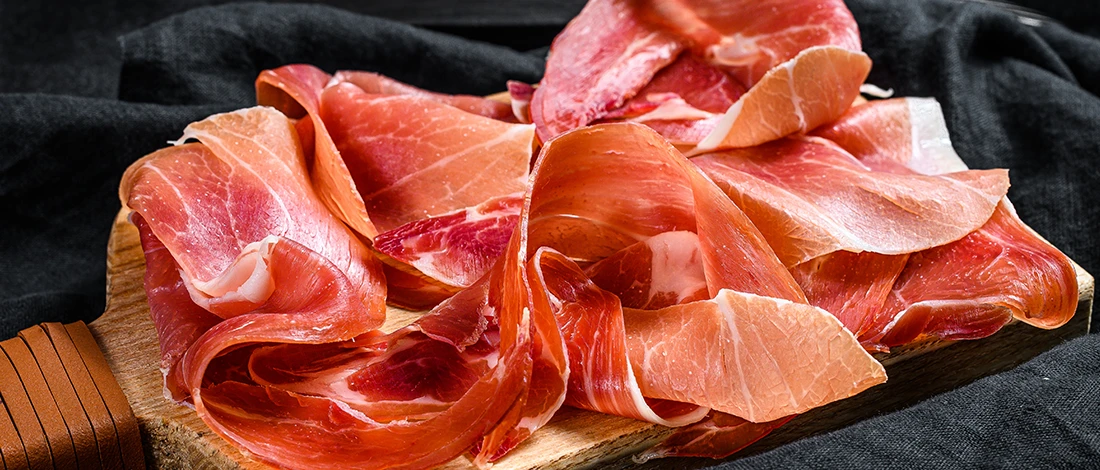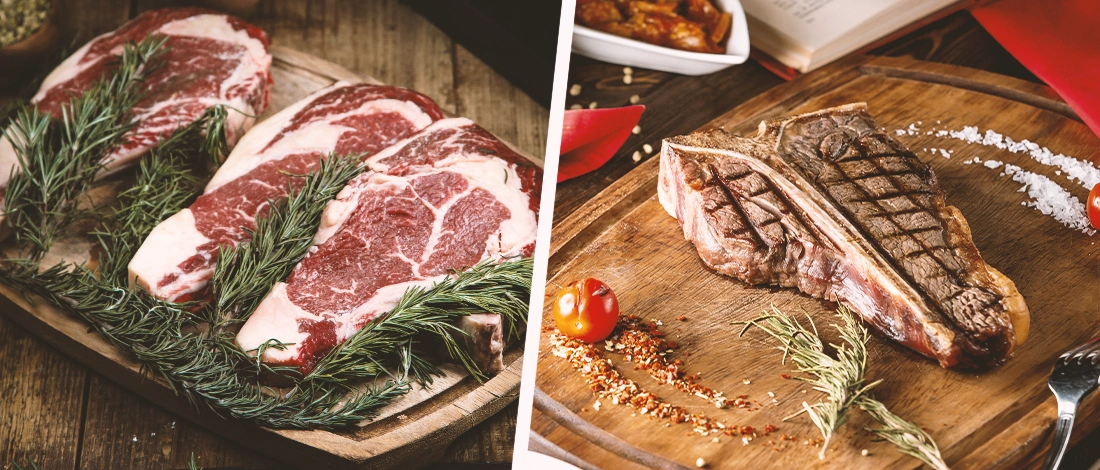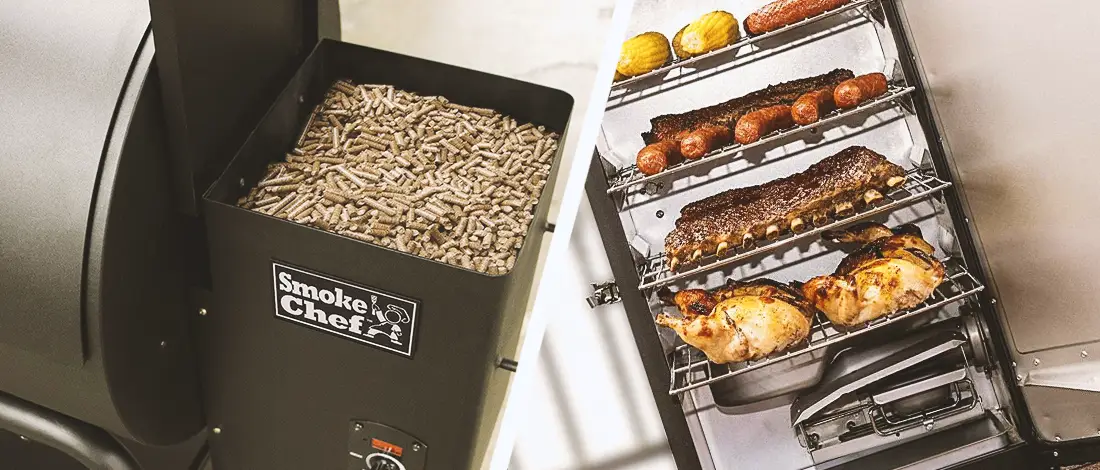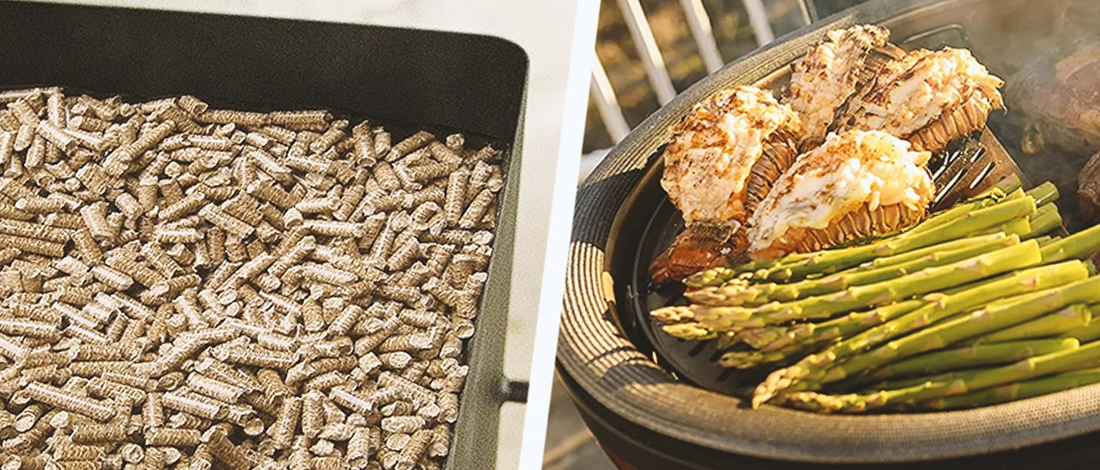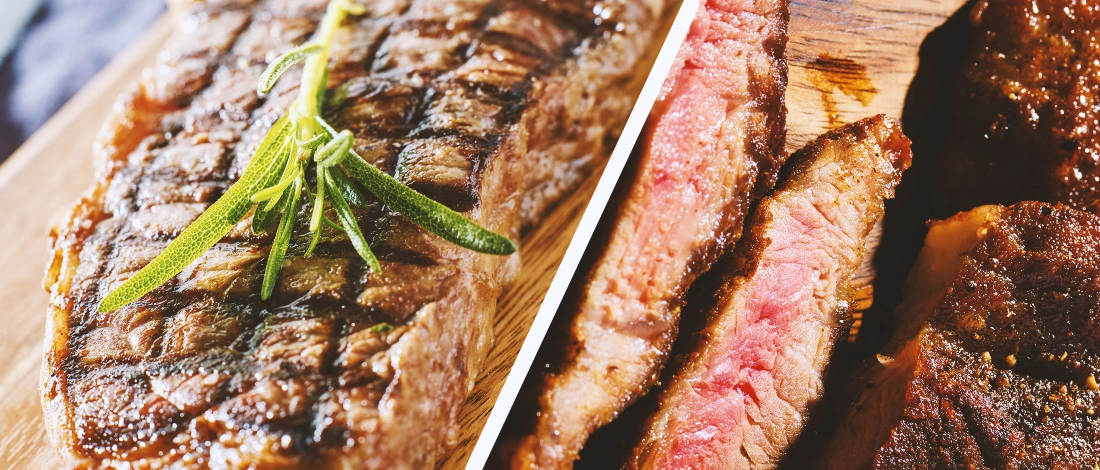Over the years, I've openly shared my experiences as someone who loves the carnivore diet.
At Carnivore Style, we often see confusion around different cuts and types of meat, like prosciutto and pancetta, so I wanted to clear things up.
Whichever you choose, you're sure to add depth and flavor to your recipes. If you value high-quality meats, I recommend considering reputable companies like ButcherBox for your meat cuts.
I'll compare them side by side to clear up the confusion between these two types of meat.
Read on.
Quick Summary
- The main differences between pancetta and prosciutto are their color, texture, and the cut they come from.
- Prosciutto is better for weight reduction than pancetta since it includes fewer fats and calories.
- A longer curing process gives prosciutto its bright red color.
What Is Pancetta?

Pancetta is Italian bacon seasoned with spices like black pepper, chili, and fennel seeds. Artisans cure the pork belly with salt alongside these spices.
Pancetta is traditionally used in soups, stews, and pasta dishes to add depth and flavor to these recipes. It is almost similar to bacon and can be substituted in most recipes.
What Is Prosciutto?
Prosciutto is salt cured hind leg of a pig. Like pancetta, prosciutto originates from Italy, and it's also seasoned with similar spices and salt to give it that delicate flavor.
Prosciutto di parma is commonly used in Italian cuisine, like flatbread pizzas, salad recipes, and pasta entrees, or served thinly sliced with different cheeses on a meat and cheese board.
It can be replaced with closely related salt-cured meat like pancetta.
Pancetta Vs. Prosciutto Key Differences

I compared pancetta and prosciutto side by side, so it is easier for you to set them apart.
1. Appearance
Prosciutto and pancetta have distinct looks that can tell them apart. Red curing salts give pancetta and prosciutto their color, and the longer the meat cures, the darker its color.
Pancetta has a light pink color depending on how long it has been cured with rich layers of fat.
It comes rolled thinly sliced that can be eaten raw or diced as an accompaniment to a dish.
Prosciutto has a bright red color due to the length of curing. It's usually sold in thin slices, prepacked or sliced at the deli counter.
Prosciutto is safe to eat raw on an antipasto platter or combined with sweet juicy fruits like mango, melon, and pears to match the salty flavors of ham.
“We love raw prosciutto on an antipasto platter or wrapped around fruit and vegetables.”
- America’s Test Kitchen YouTube Channel
2. Taste and Flavor
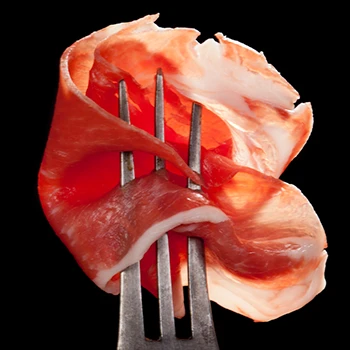
Although these cured meats are from pork, their flavors vary and are used in different dishes for different tastes and textures.
Pancetta has a much sharper and deeper flavor that goes along with most dishes since it doesn't overpower the other ingredients in recipes.
However, prosciutto has a rich, dense salty flavor with a silky texture with a slightly nutty flavor and sweetness that pair perfectly with the sweet flavors of the fruits.
3. The Cut They Originate From
The section it's cut from is an essential feature that ultimately dictates fats that change the taste notes of the meat.
The pork belly section is considered very fatty, giving the pancetta thick white rims. On the other hand, prosciutto is made from pork legs, commonly known as ham.
Related Article: Ham vs Bacon
Pancetta Vs. Prosciutto: Nutritional Value

Below we'll discuss essential nutritional differences between the prosciutto and pancetta.
1. Fat Content and Proteins
Pancetta has a higher fat content at 39g/100g while prosciutto is 17g/100g [1]. Additionally, pancetta has twice the amount of proteins than prosciutto.
If you're on a weight-loss diet, prosciutto will be a better option for you, while people who want to bulk up can go for pancetta due to its higher proteins.
Also Read: Which Meat Has the Highest Protein?
2. Calories and Energy
Prosciutto has fewer calories and energy per 100g compared to pancetta, making it the healthier one of the two, especially for people working towards a calorie deficit.
Also Read: Which Meat Has the Least Calories?
4 Different Ways to Use Pancetta
Here are four ways you can incorporate pancetta into your recipes:
- Use a thinly sliced version of pancetta as a pizza topping, mozzarella, and tomatoes.
- Toss small cubes of pancetta into your pasta sauce for extra flavor.
- Grill paper-thin slices of pancetta wrapped around asparagus spears. The pancetta gives it a crispy, firm texture.
- Add cubed pancetta to casseroles or soups to boost flavor.
4 Different Ways to Use Prosciutto

Try these four ways to use prosciutto to enjoy its savory taste to the fullest:
- Add prosciutto rinds to a sandwich or antipasto board to amp up the flavor.
- Use thick slices of prosciutto to wrap around vegetables like broccoli or asparagus to add a savory note.
- Wrap thin slices around sweet fruits like figs or melons where the sweetness perfectly complements the ham's saltiness.
- Use in a sandwich paired with cheese, roasted vegetables, and extra toppings of your choice.
FAQs
Can I Replace Pancetta With Prosciutto?
Yes, you can replace pancetta with prosciutto. But you'll need to be mindful of the salt added to your dish since prosciutto is heavily salted.
Is Pancetta Less Salty Than Prosciutto?
Yes, pancetta is less salty than prosciutto. Prosciutto goes through a longer curing process that takes up to 24 months to cure completely compared to a few weeks for pancetta.
Is Pancetta Same As Prosciutto?
No, pancetta isn't the same as prosciutto. Although both pancetta and prosciutto are cut from pigs, they each have their distinct look, flavor, and taste.
At Carnivore Style, we want to help you know your meat so you can cook and enjoy it with confidence. Check out our other guides and recipes for more tips on choosing and preparing quality cuts.
References:
- https://fdc.nal.usda.gov/fdc-app.html#/food-details/400854/nutrients


